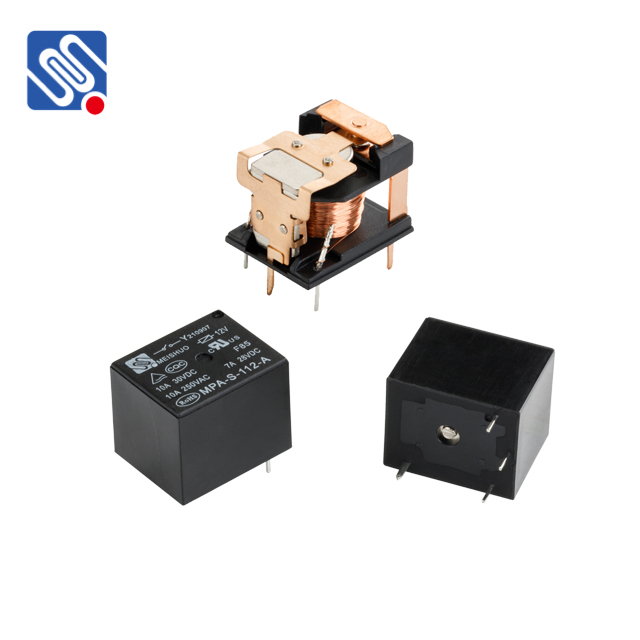understanding the key aspects of relay datasheet: a comprehensive guide
Release time:2025-08-13 06:39:05
Relays are fundamental components in electrical and electronic circuits, widely used to control high-power devices through low-power control signals. A relay operates as an electrically controlled switch, and its datasheet provides critical specifications and guidelines for its proper selection and application. Whether you’re designing a new system or replacing an existing relay, understanding the details outlined in a relay datasheet is essential. This article will guide you through the most crucial elements that make up a relay datasheet and how to interpret them to make informed decisions.

1. Electrical Parameters
The first section of a relay datasheet typically contains the electrical parameters, which describe the operating characteristics of the relay. These are crucial for ensuring that the relay is compatible with your circuit.
Rated Voltage: This refers to the voltage at which the relay is designed to operate. It is important to check both the coil voltage (the voltage required to activate the relay) and the contact voltage (the maximum voltage the relay contacts can handle when they are in the “on” state). For instance, a 12V relay will have a coil voltage rating of 12V DC or AC, depending on the type.

